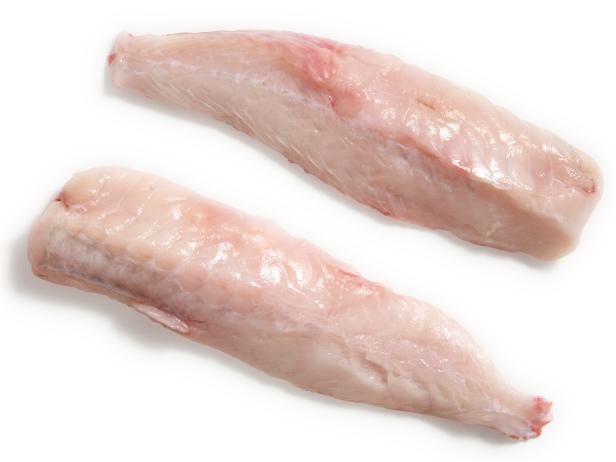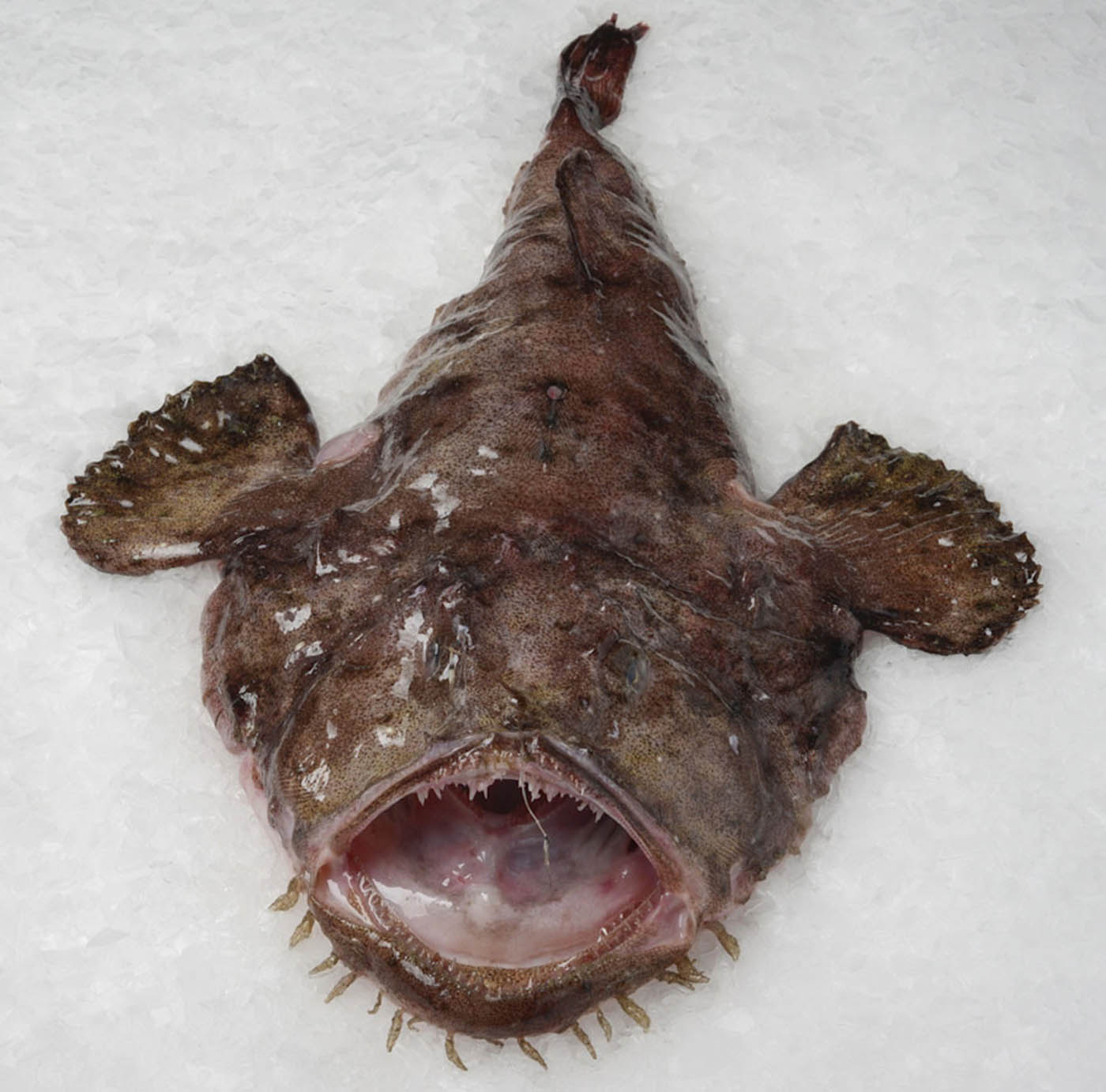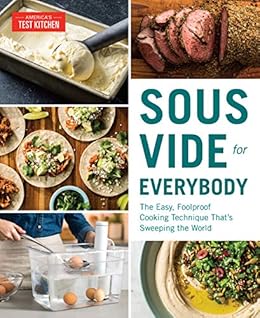Even though this seems to come at Christmas, it’s really useful for other occasions, too; like birthdays, or just to pamper yourself type occasion.
Some of my favorite comestibles here. Most of the websites mentioned have gifts or starters kits available. Add something new to your kitchen–there are so many things we don’t see in the supermarket are worth adding to your pantry.
- Salt: . Seriously, yes, salt! Kosher salt is fine for the basics; however, salt is not salt is not salt. Salted: A Manifesto is a treatise that will introduce you to the world of salt outside the Diamond Crystal or Morton box (available hardbound or Kindle editions). Finishing salt as a final touch is awesome. It’s like that final drizzle of extra virgin olive oil or that treasured balsamic vinegar to put the final touch on a meal. The Meadow is a great website (or store if you’re in the right areas) for salts.
- Lentils: Lentils go far beyond the plastic bags that you see in the supermarket. If these pulses haven’t found their way into your kitchen, start here for information on different kinds. There are many colors, sizes, textures and flavors. My personal favorite for my kitchen are the French green from Bob’s Red Mill, but you can also get red and brown lentils there too; even Amazon.com has several varieties. For a visual surprise try some black (aka beluga) lentils for salads.
- Potatoes: A vegetable that we often take for granted, but there are so many other varieties that don’t appear in the supermarket; they do have different flavors. So try some; yes, there is a potato of the month club. Here are so of the varieties of potatoes that you certainly won’t find in the supermarket.
- Heirloom beans: Just like potatoes, we’re missing some good ones with the typical supermarket supply. Even the garbanzo (chickpea) has some surprises for us. The bean has made it into the gourmet food list. Rancho Gordo, Elegant Beans, and North Bay Trading Company have a variety of beans that many of us had never heard of. There is a bean club with quarterly shipments if you want to keep your kitchen supplied.
- Extra virgin olive oil: It’s always good to have variety here and a source that is reliable given how much “fake” or adulterated is on the market. Just a drizzle of a great oil can add a lot of a simple dish. My favorite local (does online orders, too) is Bull City Olive Oil–definitely one that keeps appearing here as a source for infused/fused oils, and vinegars (balsamic, sherry for example). Try a vinaigrette with lavender balsamic vinegar and herbs de Provence infused oil. Or go totally decadent with some truffle oil (black or white to drizzle (lightly) on a baked potato–add a glass of champagne, too.
Other suggestions based on the latest additions and most used things in my kitchen:
- Instant Pot: It took me a while to get on the bandwagon for this kitchen appliance but it now has permanent place on my kitchen counter–especially for cooking beans without all the planning you’re used to if you don’t have an Instant Pot (or other pressure cooker). Though this recipe lists common supermarket varieties, it works just as well with the heirloom varieties. Not to denigrate canned beans since I do keep some on my pantry shelf, with the Instant Pot there are so many more to experience. However, beans are not the only reason to give this appliance kitchen counter space–it performs other functions as well–yogurt, sterilizing, rice cooking and slow cooking to mention just a few. It’s also wonderful to have those steel-cut oats ready for you when breakfast time arrives–no morning fumbles and long cooking time.
- Instant Pot accessories: Since I do a lot of cooking for one with my Instant Pot I have found the “pot-in-pot” technique (also here and here) wonderful for small or even single servings or for several things at one time. Some of the “accessories” that I’ve found particularly useful for this can be found at ekovana, life without plastic, and of course, Amazon.com. I also use Pyrex bowls, but not plastic. For covers when cooking this way (to avoid extra water in the bowl) silicone lids (oven-safe) work well.
- Sous vide circulator: Another fine way to enhance your cooking is to add sous vide or precision cooking to your methods. It’s my most recent addition but I’ll be quick to point out that it’s not displaced my Instant Pot by any means. I finally decided on Joule from ChefSteps but the Anova was a consideration too. This is really a different way of cooking. The results are fantastic, but it’s not going to replace the slow oven braised stew, baked garbanzos, or lamb stew, made in a cast iron dutch oven or a clay cooker (Romertopf) but it’s a method that’s going to stay in my kitchen. The low temperatures make it possible to use infused oils to flavor proteins–e.g. mushroom and sage to flavor chicken, Chilean sea bass with fennel oil, or salmon with fernleaf dill oil. For review of Joule see here.
- Sous vide accessories: Even cooking for one sous vide is a great addition to the kitchen. Once you start this precision cooking process you’ll find that a craving for accessories develops. While I’ve used my dutch oven, or the inner container of my Instant Pot for containers for sous vide cooks, I think that I’ll have to make room for a different kind of container dedicated to sous vide for several reasons: for long cook times, it’s unhandy to have your dutch oven occupied that way if you want to do some unplanned braising. For long cook times (e.g. short ribs) the bath needs to be covered to prevent evaporation and plastic wrap is really klutzy. Finally, I want a rack to wrangle multiple bags in the same container that wouldn’t fit in my existing pots and pans. I’ve been using Ziploc freezer bags. I’m considering reusable vacuum bags but more research is needed.
- Already got the sous vide circulator? Add a cookbook to get started with it.
So add some spice to your life and your kitchen! A son gôut!
—Ô¿Ô—
Disclaimer:
Brands mentioned here are my personal preferences. I receive no remuneration or consideration for mentioning them. I’m sure there are other equally good sources or brands but these happen to be the ones I use.
—Ô¿Ô—
…



